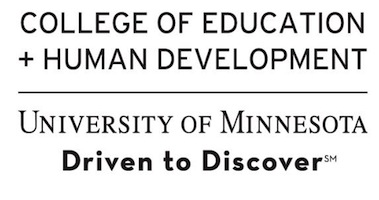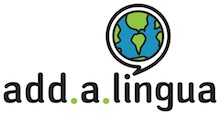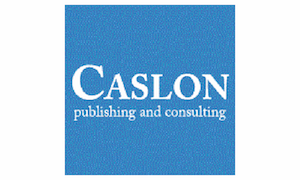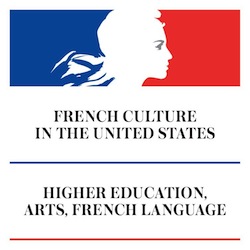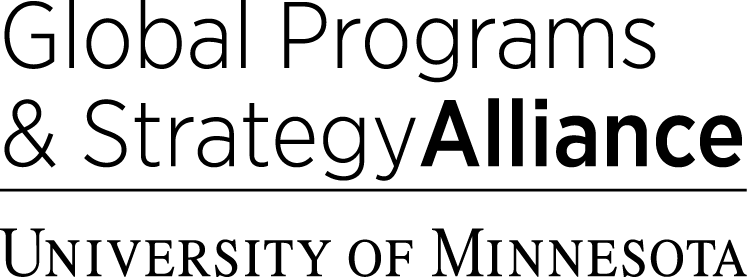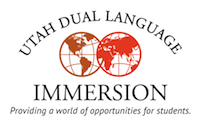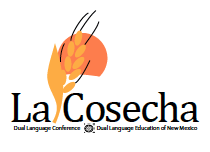Sixth International Conference on Immersion and Dual Language Education
Featured Plenary Speakers
Opening Keynote Address
 Bilingualism in Education: Implications for Bilingual Education and Minority Language Students
Bilingualism in Education: Implications for Bilingual Education and Minority Language Students
Ellen Bialystok
Distinguished Research Professor, York University, Toronto, Canada
The cognitive and linguistic consequences of bilingualism for children are now well documented. In brief, bilingual children tend to have smaller vocabularies in each language than comparable monolinguals but typically perform better than monolinguals on tasks demanding selective or controlled attention. What is less clear is how these effects might be different for bilingualism in the context of bilingual education. Some children become bilingual through instructional programs such as immersion education, some children enter school as bilingual and need to transition to a different school language, and some children come to school as bilingual with the intention of maintaining both languages, typically the home and community languages. Overriding all this are demographic realities, particularly in the US, in which bilingualism is often confounded with socioeconomic status and ethnicity. This talk will present evidence that evaluates the role of bilingualism in the development of attentional control for children in various types of bilingual education programs, including children at risk.
Ellen Bialystok's Presentation Materials (PDF, 999 KB)
Ellen Bialystok is a Distinguished Research Professor of Psychology at York University and Associate Scientist at the Rotman Research Institute of the Baycrest Centre for Geriatric Care. Her research uses both behavioral and neuroimaging methods to examine the effect of bilingualism on language and cognitive processes across the lifespan. Participants in these studies include children, younger or older adults, and patients, in an attempt to identify the mechanism by which experience modifies cognitive systems. She has published extensively in the form of books, scientific articles, and book chapters. She is a fellow of the Royal Society of Canada, Society for Experimental Psychology, American Psychological Society, and other professional organizations. Among her awards are the Canadian Society for Brain Behaviour and Cognitive Science Hebb Award (2011), Killam Prize for the Social Sciences (2010), York University President's Research Award of Merit (2009), Donald T. Stuss Award for Research Excellence at the Baycrest Geriatric Centre (2005), Dean's Award for Outstanding Research (2002), Killam Research Fellowship (2001), and the Walter Gordon Research Fellowship (1999).
Policy, Advocacy, and Communications
 Is there Really a Labor Market Advantage to Bilingualism in the US?
Is there Really a Labor Market Advantage to Bilingualism in the US?
Patricia C. Gándara
Research Professor of Education, University of California—Los Angeles
Although many people believe that there is indeed a labor market advantage to bilingualism, economists have routinely refuted this. Our research at the Civil Rights Project dug deep into the data and found both the same things that earlier economic studies had found, and also quite different findings. I will discuss what makes the difference in the labor market for bilinguals and what implications our findings have for language education policy across the nation. I will also highlight the urgency to change policy course in the U.S. as our linguistic resources are actually shrinking.
Patricia Gándara's Presentation Materials (PDF, 316 KB)
Patricia Gándara is Research Professor of Education and Co-Director of the Civil Rights Project/Proyecto Derechos Civiles at UCLA. She is a fellow of the American Educational Research Association and a member of the National Academy of Education. She is author of numerous books, articles, and reports on educational inequality especially as it affects immigrant students and English learners. Her most recent books include Forbidden Language: English Learners and Restrictive Language Policies, and The Bilingual Advantage: Language, Literacy and the U.S. Labor Market.
Program Design, Leadership, and Evaluation
 Beyond the Immersion Revolution: Meeting Ongoing Challenges
Beyond the Immersion Revolution: Meeting Ongoing Challenges
Tina Hickey
Associate Professor, University College Dublin, Ireland
Immersion faces a number of significant challenges which are shared across a wide range of models and contexts. Here I explore some of these current challenges, drawing particularly on research dealing with immersion programs in heritage languages. Addressing the diversity of language and learning needs found in some immersion models requires not only effective teacher education, but also examination of teacher and parent beliefs. Supporting parents in becoming active educational partners in immersion is challenging but worthwhile, even when parents have low proficiency in the target language. Finally, it is important to look beyond the classroom and consider how target language use can be promoted outside the immersion setting, and the link between language and identity.
Tina Hickey's Presentation Materials (PDF, 591 KB)
Tina Hickey is Senior Lecturer in the School of Psychology, University College Dublin. Her research interests are first language acquisition, early second language acquisition, immersion education, minority language maintenance, and reading in a second language. She is a current board-member of the Journal of Immersion and Content Based Language Education, the International Journal of Bilingual Education and Bilingualism and an Executive Committee member and former Treasurer of the International Association for the Study of Child Language (IASCL). She was a Government of Ireland Research Fellow (2007-08) and a member of COST Bi-SLI (IS084, 2011-2014). She has published books and articles on immersion education and her most recent book, co-edited with Anne-Marie de Mejia, is: Immersion Education in the Early Years: A Special Issue (Routledge).
Immersion Pedagogy and Assessment
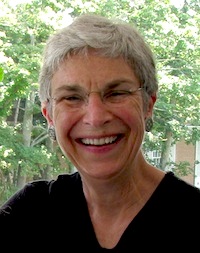 "All Politics Is Local"…and So Is Language Teaching
"All Politics Is Local"…and So Is Language Teaching
Patsy Lightbown
Distinguished Professor Emerita, Concordia University, Montreal, Canada
Identifying the characteristics of effective second/ foreign-language teaching is an important goal. Teachers, researchers, parents, and school administrators want what is best for the students whose learning they are trying to encourage and facilitate. Naturally, we look for generalizations about how languages have been successfully learned and taught so that we can implement best practices in every classroom. Some research findings seem to lead to recommendations for classroom practice. However, it is essential to recognize the paramount importance of local teachers, students, and learning contexts when we seek to "apply" research findings.
Patsy Lightbown's Presentation Materials (PDF, 970 KB)
Patsy M. Lightbown is Distinguished Professor Emerita (Applied Linguistics) at Concordia University in Montreal. Since the 1970s, her research has focused on the importance of time in second language learning and on the complementary roles of meaning-focused and language-focused activities. She has studied the acquisition of French, English, and Spanish in classrooms in Canada and the US. Her 2014 book Focus on Content-Based Language Teaching appears in a new Oxford University Press series that she co-edits with Nina Spada, with whom she co-authored How Languages Are Learned (Oxford University Press), an award-winning introduction to second language acquisition research for teachers, now in its fourth edition.
Culture, Identity, and Community
 Indigenous Revitalization-Immersion and the Home-School-Community Connection—Research and Praxis Across Contexts
Indigenous Revitalization-Immersion and the Home-School-Community Connection—Research and Praxis Across Contexts
Teresa L. McCarty
Professor of Education and Anthropology, University of California—Los Angeles
What can we learn from Indigenous revitalization-immersion to improve education practice for Indigenous and other nondominant learners? What do these efforts teach about promoting equity, positive identity development, and individual and communal well being? As a unique "third model" of immersion education (Tedick et al., 2011), Indigenous revitalization-immersion has the combined goals of developing proficiency in the Indigenous language as a second language, promoting cultural knowledge and pride, and producing academic outcomes in parity with dominant-class students (Wilson & Kamanā, 2011). Examining research and praxis across cultural contexts, this presentation develops the themes of holism, relationship-building, belonging, and linguistic and educational self-determination. Understanding how diverse Indigenous peoples have been able to achieve success in their revitalization-immersion efforts, despite challenging circumstances, gives us a lens into how language policies and practices can be re-envisioned to support cultural and linguistic diversity and more inclusive, socially just education practices for all.
Teresa L. McCarty is the George F. Kneller Chair in Education and Anthropology in the Graduate School of Education and Information Studies at the University of California, Los Angeles. She has been the codirector of the Center for Indian Education at Arizona State University and the American Indian Language Development Institute at the University of Arizona. Her research, teaching, and outreach focus on Indigenous education, language planning and policy, and collaborative ethnographic research on education in and out of school. Her books include A Place To Be Navajo (2002), "To Remain an Indian" – Lessons in Democracy from a Century of Native American Education (with K. T. Lomawaima, 2006), Indigenous Languages Across the Generations (with M.E. Romero-Little & S.J. Ortiz, 2011), Language Planning and Policy in Native America (2013), Indigenous Youth and Multilingualism (with L. Wyman & S. Nicholas, 2014), and Indigenous Language Revitalization in the Americas (with S. Coronel-Molina, 2016). She recently completed an NSF-funded language documentation and reclamation project with the Ft Mojave Tribe of California, and she continues to work with Indigenous educators, parents, and community members on their language reclamation and self-determination efforts.



